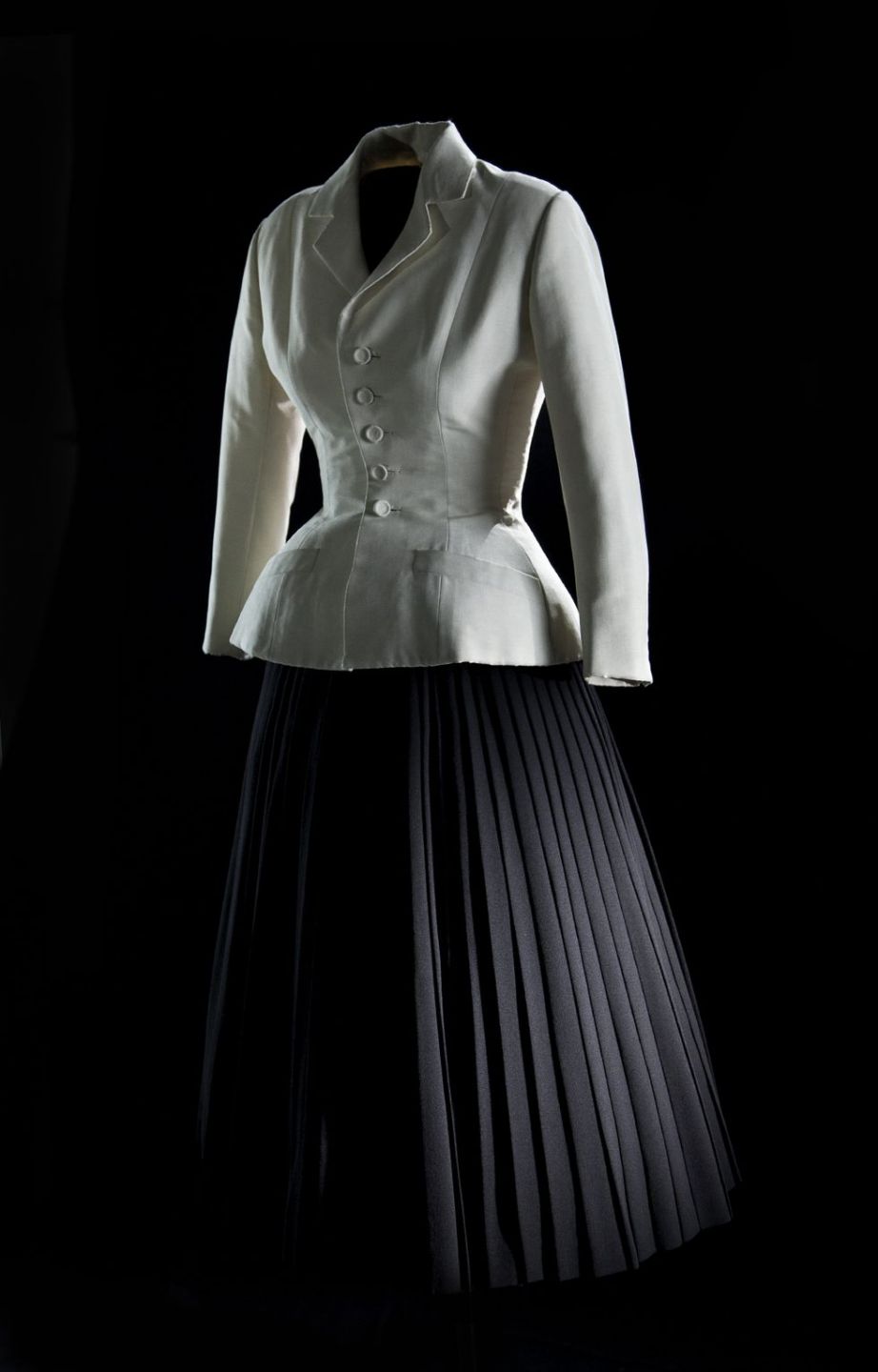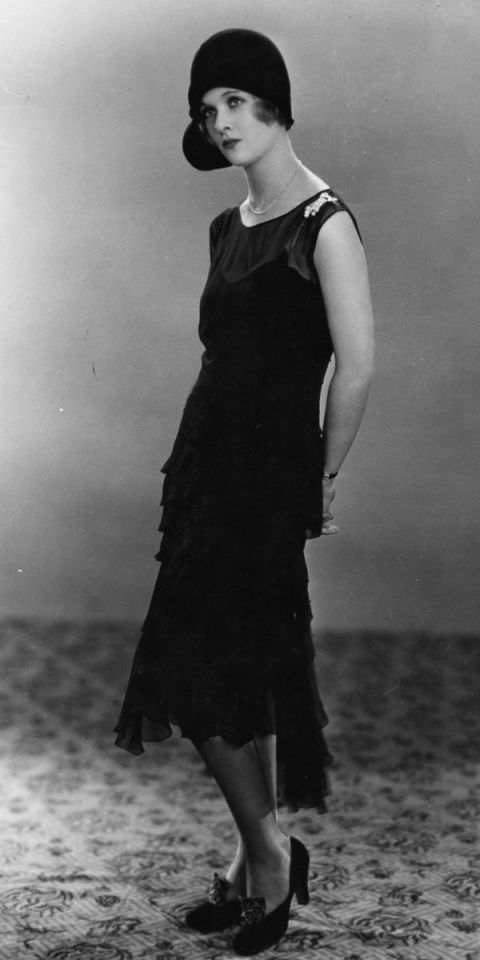
They are men or women, deceased or still alive, but they are all emblematic fashion designers who have left their mark on the history of clothing. Through their visionary instincts, their audacity and their singularity, they have created avant-garde pieces that have become a cult, inseparable from the DNA of the great luxury brands of which they are the founding fathers.
Only a few mythical designers have managed to take up the challenge: to make the model’s notoriety surpass their own. These worldwide best sellers have become part of the legend of “model clothes”, revisited according to the latest trends, and whose success, some of them a hundred years old, is still undeniable!
Gabrielle Chanel’s Little Black Dress:

Chanel’s little black dress
Even if the roaring twenties are often accompanied by the sweet music of jazz or the livelier music of the Charleston, partying is not in everyone’s mind. Many war widows are in mourning, dressed in long black dresses, corseted and austere. Chanel’s genius was to succeed, from the beginning of the 20th century, in converting black mourning into black revealing elegance. In 1926, the model of the little black dress signed Mademoiselle was strikingly simple; the flowing material frees the body, the low neckline and the bold length (barely at the knees) seduced all women. Adopted by the greatest Hollywood actresses, the little black dress will go through the years with the same success, constantly revisited by different stylistic trends. From boys’ fashion, to new-look or hippy style, from the rock scene to the offices of The City, it is still today part of every women’s wardrobe and, of course, of every Chanel fashion show!
Gaultier’s Sailor Shirt:
Stripes were not always popular… While in the Middle Ages they stigmatised prostitutes or convicts, from 1858 onwards they symbolised the uniform of the French Navy. It was not until the beginning of the 20th century and a strong craze for the first seaside resorts that they became more elegant.
As early as 1913 in Deauville, a certain Coco Chanel marketed the first sailor’s uniform in the form of a flowing silk blouse, enhanced by a sailor’s collar. Later, the Yves Saint Laurent was inspired by real striped knitwear to propel it onto the catwalks (Collection nautique, 1966), but it was Jean Paul Gaultier who, from his first fashion show in 1976, fully made it his own.

Jean-Paul Gaultier sailor shirt
The collection of the man-object, “Toy Boy” in 1983, forever seals the fate of the striped sailor shirt to that of the enfant terrible of fashion. In addition to the garment, it became his label. Quite different from the social marker of the beginning of the last century, revisited and reinterpreted, ithas become the flagship of Gaultier’s heritage.
Through a series of fashion shows, JPG overturns the conventions of work clothing to make the sailor’s dress a Haute Couture piece. The precursor of the no-gender pieces, has managed to make the small striped top a basic of all mixed clothing.
Christian Dior’s Bar Suit:
Like the architect he dreamed of being, Christian Dior has been structuring the lines of his clothes since his first fashion show in 1947. The Corolle collection, largely inspired by flowers, overturned the feminine silhouette to set a new trend, that of the New Look.
A break with the usual outfits of the time, Dior changed the waistline, emphasised busts, softened the build, uncovered the legs… The Bar suit was the centrepiece of his first fashion show and finally embodied the Dior spirit forever. Composed of a cream jacket with rounded basques and a pleated black woollen skirt, the 2-piece suit will revolutionise the codes of Haute Couture, creating a real revolution in the microcosm of luxury clothing.
The Bar jacket, reinvented more than twenty times during Dior’s lifetime, became Dior’s identity, and has since been revisited by the brand’s successive Artistic Directors, from YSL to Gianfranco Ferré, from John Galliano to Maria Grazia Chiuri.
Each year, the creations are rich and the lines original, but how many will manage to make such a lasting impression that they will go on for decades and forever embody the living heritage of their respective fashion houses?